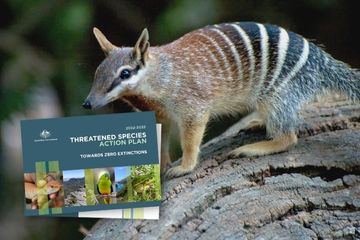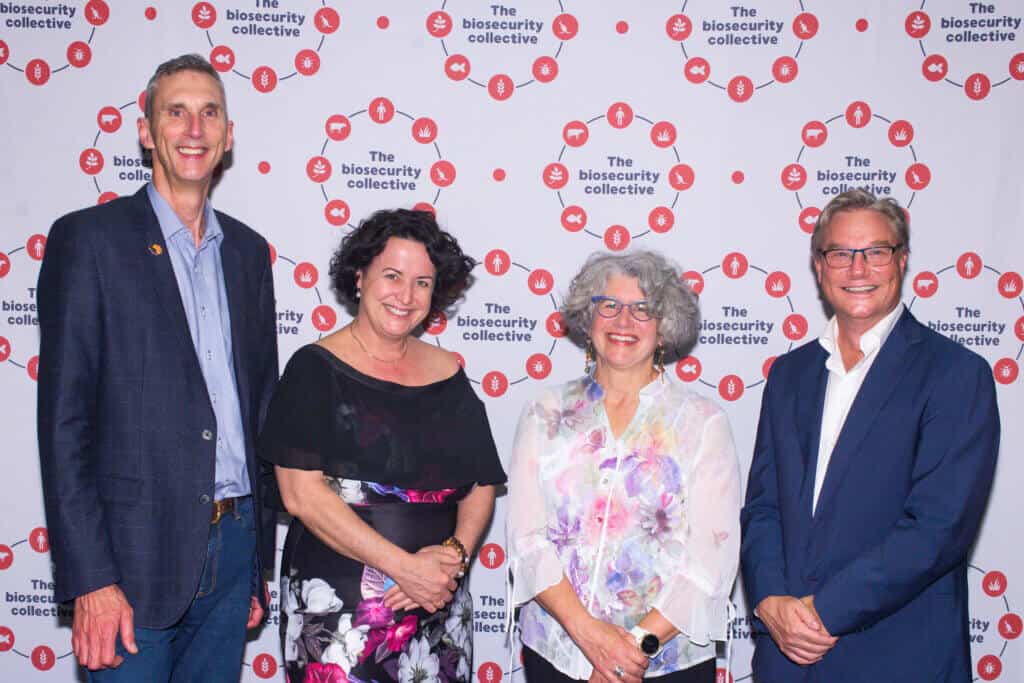
Zero extinction pledge won’t be realised unless major threats to nature are tackled
The Invasive Species Council has welcomed the Albanese government’s response to the independent review of Australia’s national environmental law, but warns that zero extinctions cannot be achieved unless more work is done to fix and resource Australia’s threat abatement system.



















